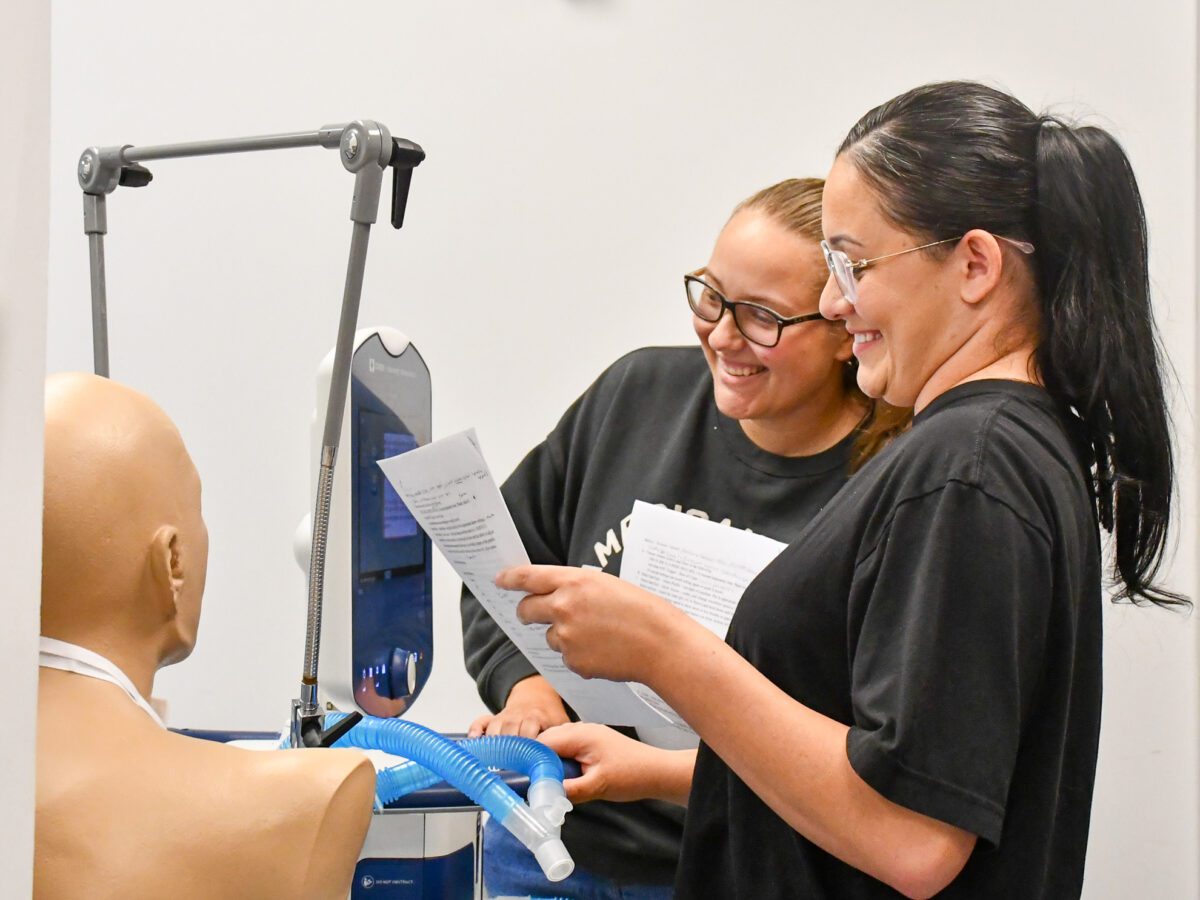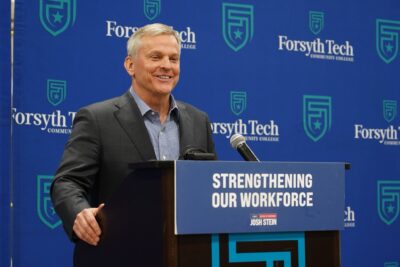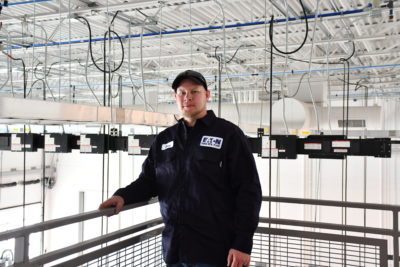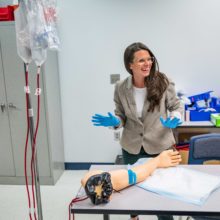
The governor’s Council on Workforce and Apprenticeships held its fourth meeting on June 12 in Raleigh, voting to finalize 11 goals meant to help grow and prepare North Carolina’s workforce development efforts over the next four years.
Formed by Gov. Josh Stein in March, the council is tasked with identifying workforce needs and amplifying strategies that help North Carolinians access the education and training needed for high-wage, high-demand and high-growth careers.
The council was established as an advisory body within the NCWorks Commission and is co-chaired by N.C. Department of Commerce Secretary Lee Lilley; Sen. Eddie Settle, R-Alexander; and N.C. Community College System President Dr. Jeff Cox. Other council members include leaders from business, education, labor, and state agencies. Administrative support is provided by the Department of Commerce and the North Carolina Business Committee for Education (NCBCE).
The strategic, quantifiable goals address several topic areas, including credential and degree attainment, labor market alignment, apprenticeships, work-based learning, sector-based strategies in emerging areas, and state government employment. The council was also tasked to consider opportunities to support people in “rural communities, those who have been justice-involved, people with disabilities, and veterans and their families.”
Previous meetings have included discussions of existing goals throughout the state across the six topic areas mentioned above, labor market updates, and drafting of goals for the council’s consideration.
During the council’s third meeting, members viewed each of the proposed goals and reviewed council feedback, which included overall response from the council, items that needed to be clarified, and discussion points. It was ultimately decided in the third meeting that more data, information, and a survey of the advisory body was needed before voting on the finalized goals.
On June 12, Lilley presented the 11 goals and the council voted to approve them.
Approved Workforce Development Goals
Goal 1: Ensure 2 million North Carolinians ages 25-44 will have earned an industry-valued credential or degree.
Goal 2: By graduation, every high school student will have completed coursework that results in transferrable credit or credential/certifications in preparation for the postsecondary pathway of their choice, such as dual enrollment, Career & Technical Education (CTE) concentrator, Junior Reserve Officers’ Training Corps (JROTC), Advanced Placement/International Baccalaureate, and work-based learning courses.
Goal 3: For graduating high school students, increase postsecondary enrollment, employment, or enlistment in the military within 12 months of high school graduation.
Goal 4: Double the number of registered apprentices.
Goal 5: Increase participation in work-based learning.
Goal 6: Engage 50,000 employers to partner with the governor’s Council on Workforce and Apprenticeships on achieving its goals.
Goal 7: Establish and expand coordinated partnerships between education and workforce agencies and employers to increase alignment of resources to better address current and projected employer needs. Partnerships will result, on an annual basis, in the identification of local industry-valued training across the education continuum, shared planning for educational courses to meet these training needs, and increased use of available federal and state funds to support training in these programs.
Goal 8: Create statewide sector-based workforce development strategies for at least three key industries, including, but not limited to, advanced manufacturing, education, and health care.
Goal 9: Develop a plan to integrate artificial intelligence (AI) skills development into sector-based strategies and work-based learning in key industries to build a future-ready workforce.
Goal 10: Reduce state government vacancy rate to 15%.
Goal 11: Launch a coordinated statewide public outreach effort to broaden awareness and participation in workforce development programs by employers, learners, jobseekers, and incumbent workers, with an emphasis on reaching under-tapped talent pools like rural communities, veterans and their families, individuals with disabilities, and the justice-involved.
The fourth meeting also included a breakout session among advisory members, discussing two questions:
- Who is missing from our conversations and who do we need to invite when we start developing strategies?
- What data and presentations do we need to hear from to help us develop our strategies?
![]() Sign up for Awake58, our newsletter on all things community college.
Sign up for Awake58, our newsletter on all things community college.
The council then briefly reconvened, noting that the information gathered during breakout sessions will be collected and reviewed at a later date.
On June 13, the council’s goals will be submitted to the governor. By June 25, a public report will be posted.
Throughout June and July the council will be divided into subcommittees, and the subcommittees will meet in mid-August and on an as-needed basis between August and December. The full council will meet in August, October, and December.
By Dec. 15, the council said it will have identified strategies to attain each of the recommended goals. All goals are on a four-year timeline and annual progress reports will be submitted each December starting in 2026.
Previous agendas and upcoming meeting information can be found here.
Recommended reading



